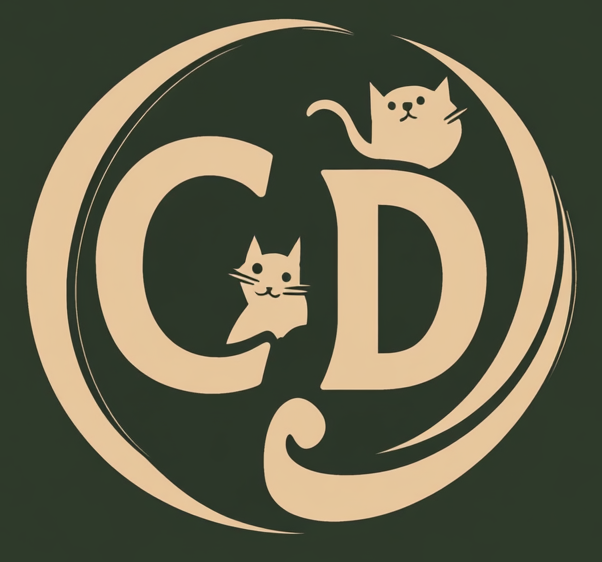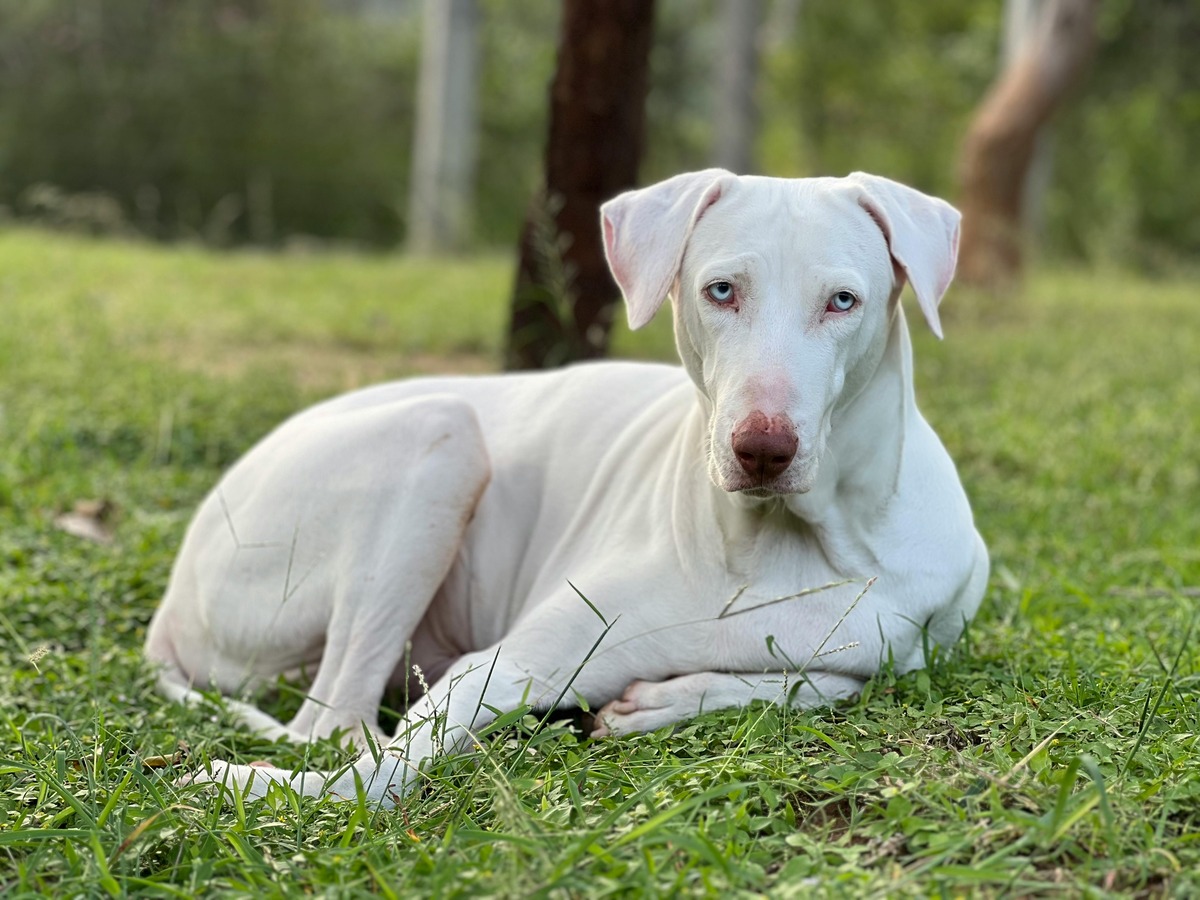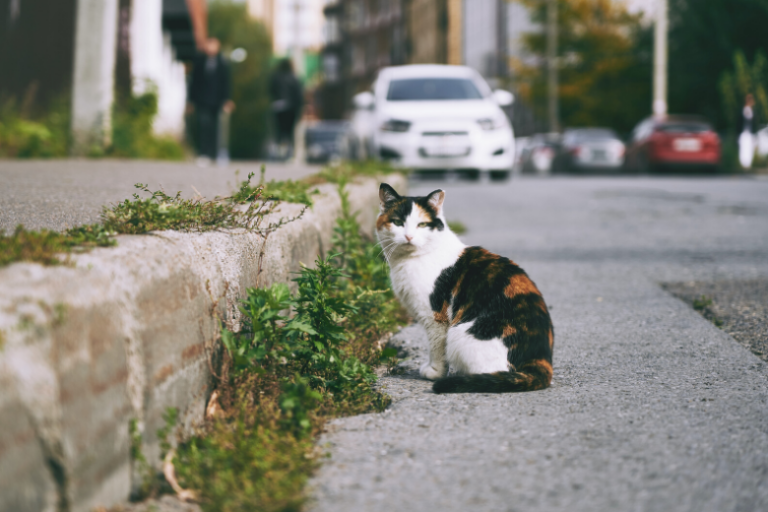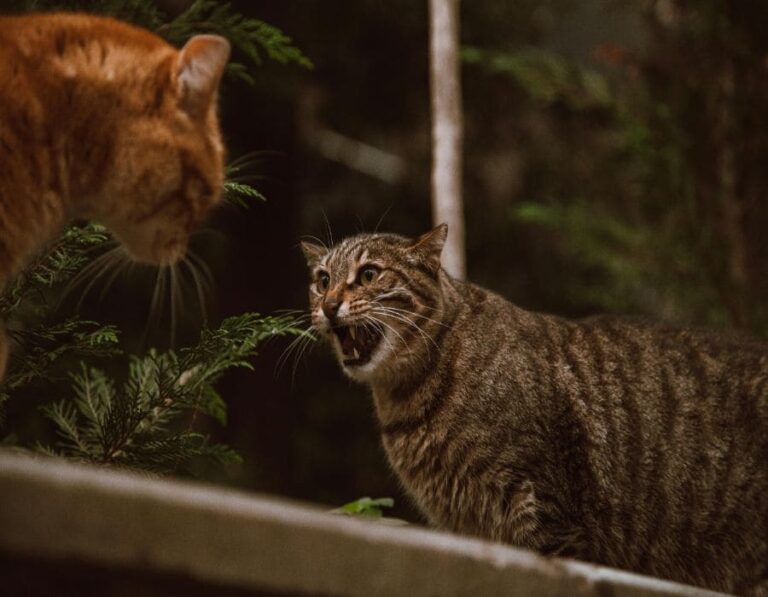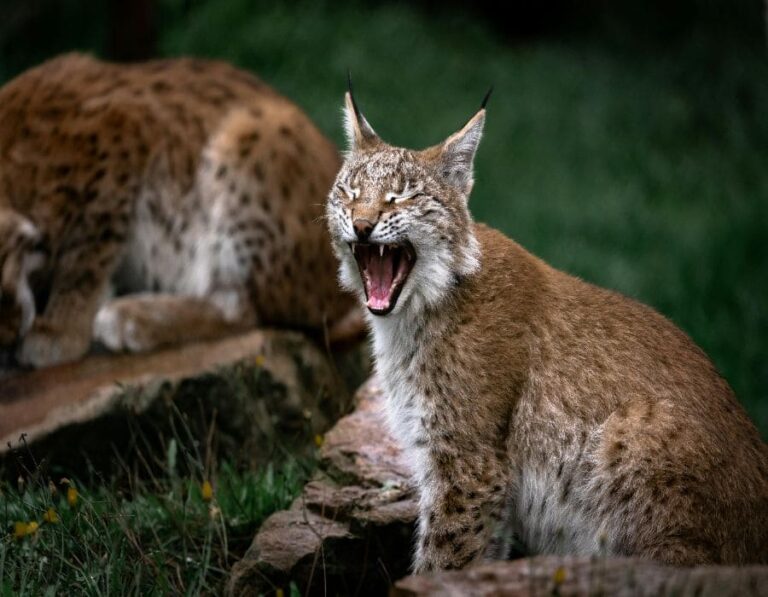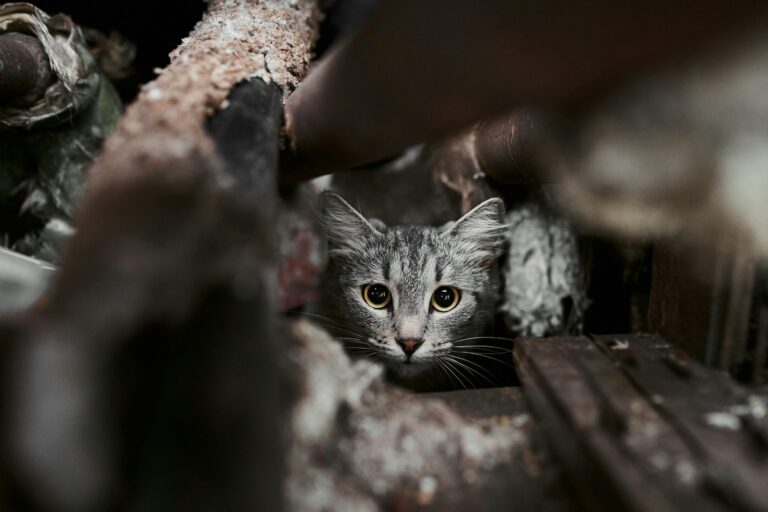13 Dog Breeds That Cannot Be Kept as Pets
Some dog breeds, despite their impressive strength, intelligence, and loyalty, are either banned or heavily restricted in certain countries due to safety concerns, history of aggression, or specialized needs that make them unsuitable for typical household environments. These breeds are often used for protection, guarding, or hunting, and in some cases, their natural instincts and power make them too dangerous for unprepared owners.
While many of these dogs can be loving and loyal in the right hands, laws exist in various regions that prohibit private ownership due to past incidents or their potential risk. Here are 13 dog breeds that cannot be kept as pets in many places around the world.
1. Pit Bull Terrier
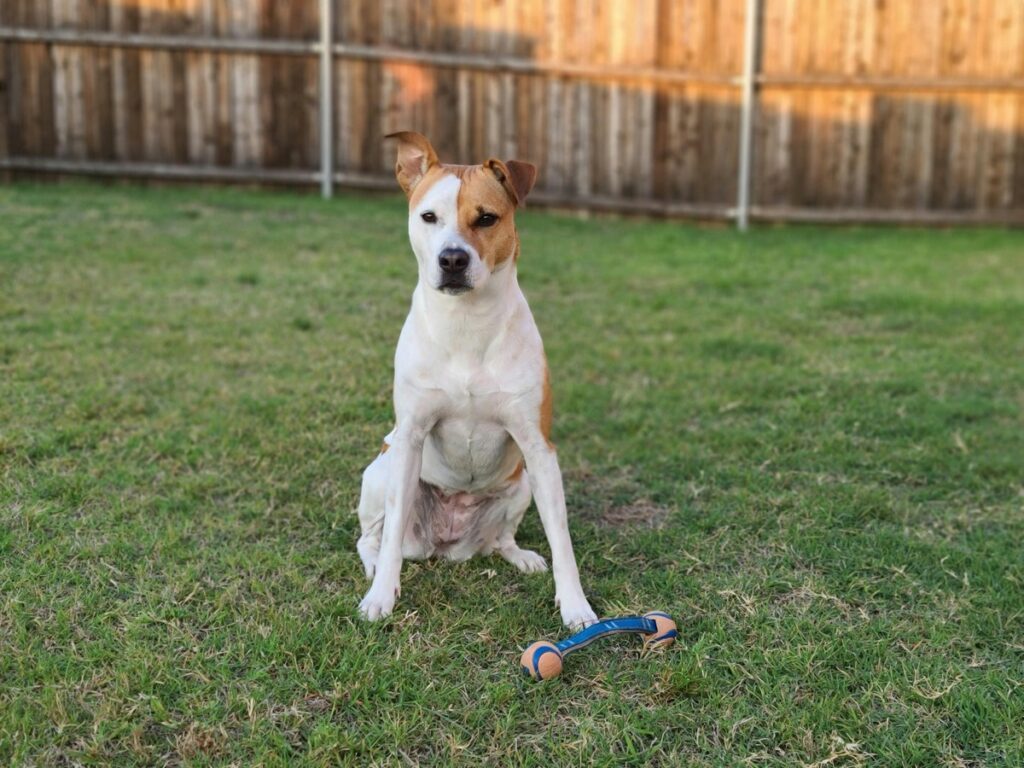
Pit Bulls are one of the most widely banned dog breeds, facing restrictions in countries like the United Kingdom, Canada (Ontario), New Zealand, and parts of the United States. The ban is primarily due to their historical association with dog fighting and strong bite force, which can cause severe injuries if they attack.
Despite this reputation, well-socialized Pit Bulls can be affectionate and devoted pets. However, they require responsible ownership, early socialization, and strict training to prevent aggressive tendencies. Many animal advocacy groups argue that bad ownership—not the breed itself—is to blame for aggressive behavior.
Why They’re Banned: Strong bite force, history in dog fighting, and a reputation for aggression.
Where They’re Banned: UK, Ontario (Canada), New Zealand, and many U.S. states.
2. Japanese Tosa (Tosa Inu)
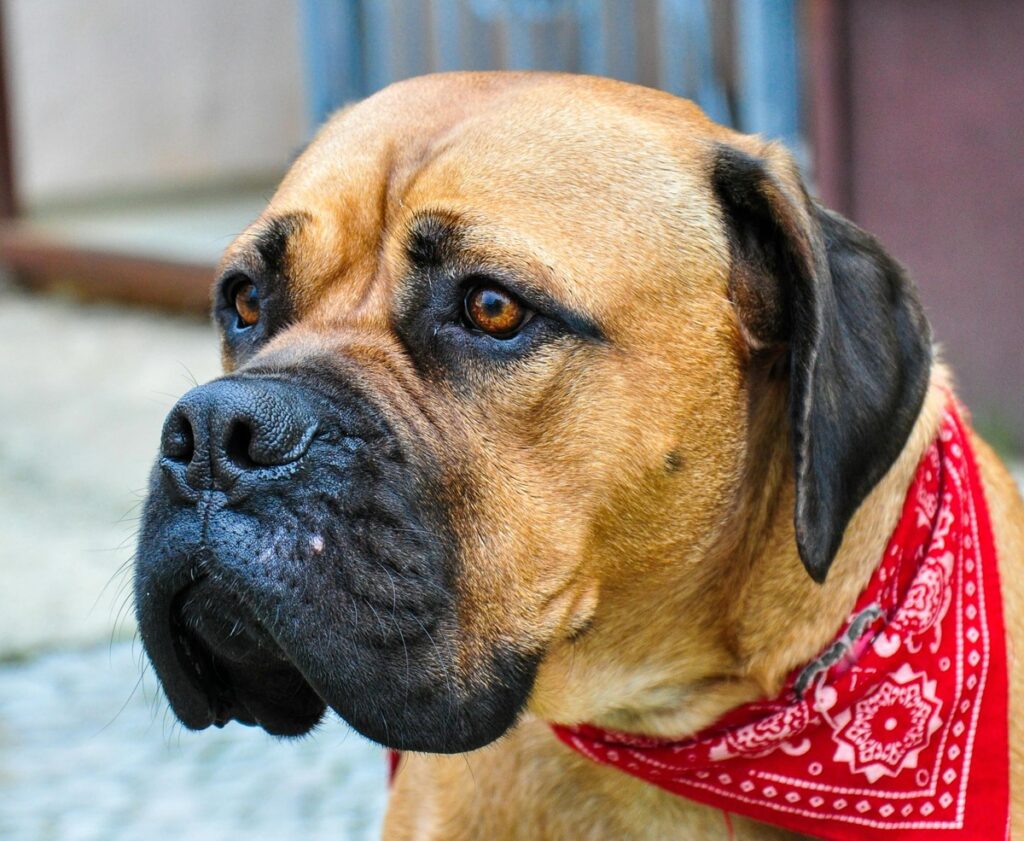
The Japanese Tosa was originally bred for dog fighting and is considered a rare and highly powerful breed. Unlike many dog breeds, the Tosa Inu was developed to fight silently, making them intimidating and unpredictable in combat situations.
Because of their size and strength, Tosa Inus are banned in Denmark, Norway, Iceland, and the UK. Even in Japan, where they originate, they are heavily regulated. Although they can be loyal and protective companions, their naturally dominant nature makes them unsuitable for first-time owners.
Why They’re Banned: Large size, history in dog fighting, and unpredictable behavior.
Where They’re Banned: UK, Denmark, Norway, Iceland, and some parts of Europe.
3. Dogo Argentino
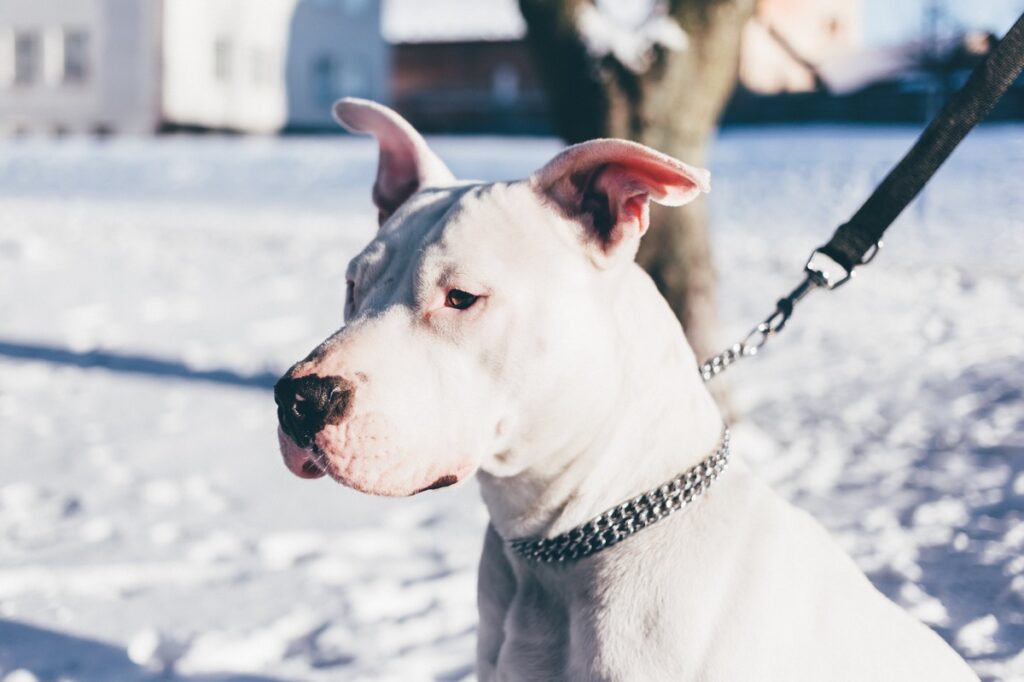
Bred in Argentina for big-game hunting, the Dogo Argentino is a strong, muscular dog originally designed to hunt wild boars. They are incredibly athletic, independent, and have a strong prey drive, making them dangerous if not properly trained.
Dogo Argentinos are banned in Australia, Denmark, and the UK due to concerns about their strength and aggression. While they can be affectionate and loyal, their high energy and dominance require an experienced owner who can establish strong leadership and consistent training.
Why They’re Banned: Aggressive tendencies, hunting instincts, and immense physical strength.
Where They’re Banned: UK, Australia, Denmark, and parts of Europe.
4. Fila Brasileiro (Brazilian Mastiff)
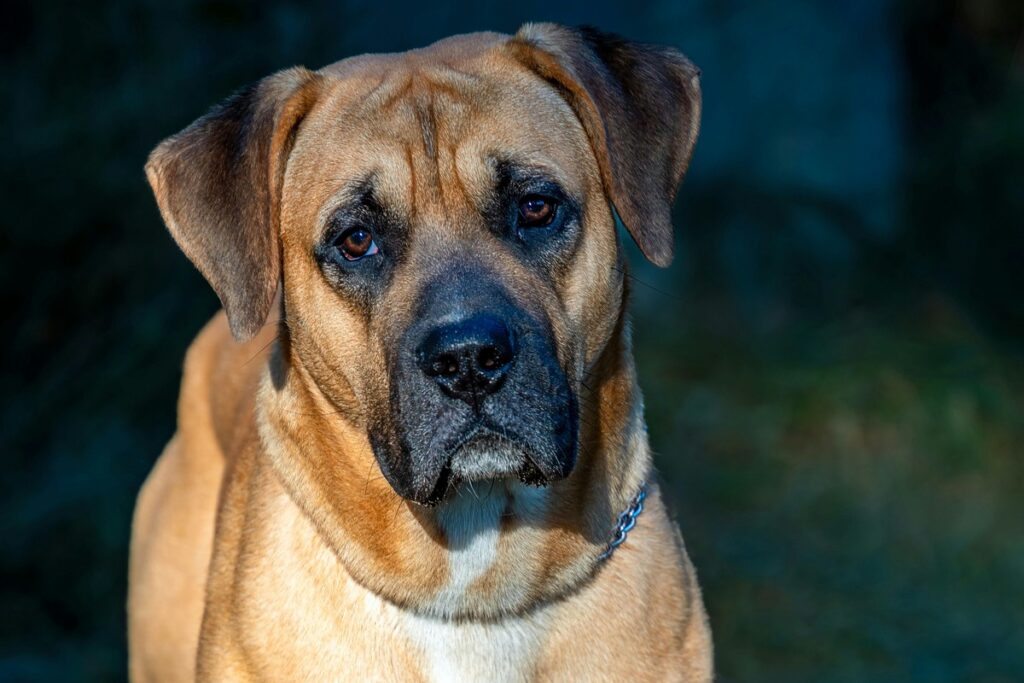
The Fila Brasileiro, or Brazilian Mastiff, is known for its intense loyalty, territorial instincts, and strong guarding abilities. This breed was historically used for tracking and capturing runaway slaves in Brazil, making them naturally protective and aggressive toward strangers.
Fila Brasileiros are banned in New Zealand and the UK, and ownership is heavily regulated in other countries. While they can be extremely loyal to their owners, their protective nature makes them unsuitable for homes with frequent visitors or young children.
Why They’re Banned: Extreme guarding instincts, unpredictable temperament, and size.
Where They’re Banned: UK, New Zealand, and parts of Europe.
5. American Staffordshire Terrier
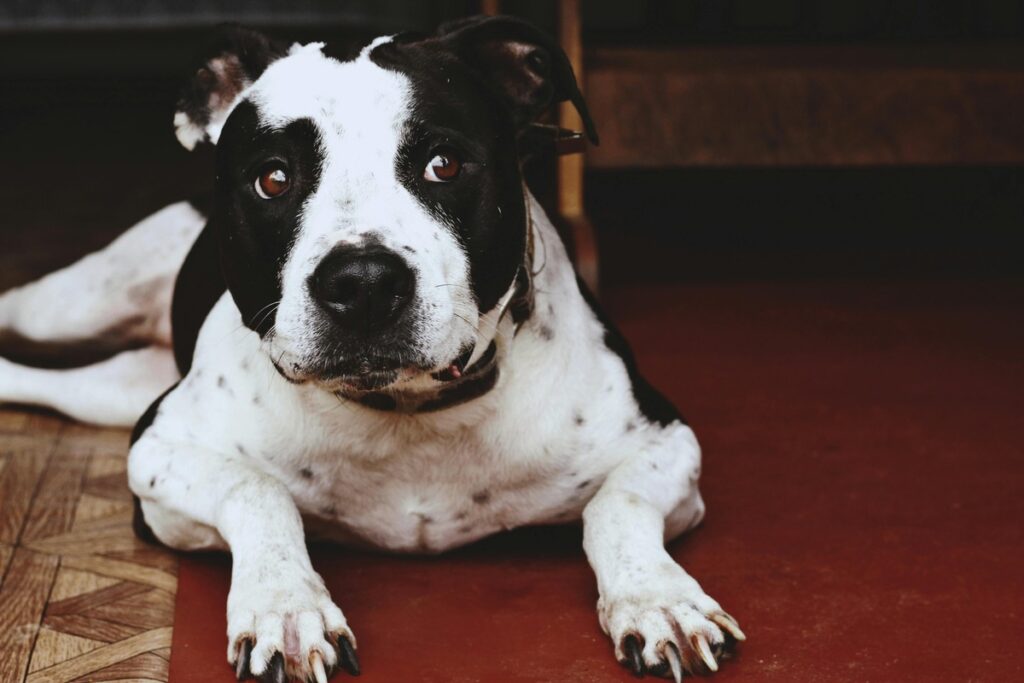
Often confused with Pit Bulls, American Staffordshire Terriers are equally strong and muscular. Despite their friendly demeanor with humans, they are often restricted due to their fighting history.
They require firm training, constant socialization, and an experienced handler, making them a challenge for first-time owners. In parts of Australia and Europe, owning an American Staffordshire Terrier is either completely banned or requires a special license.
Why They’re Banned: Strength, fighting history, and potential aggression.
Where They’re Banned: Australia, parts of Europe, and some U.S. states.
6. Perro de Presa Canario
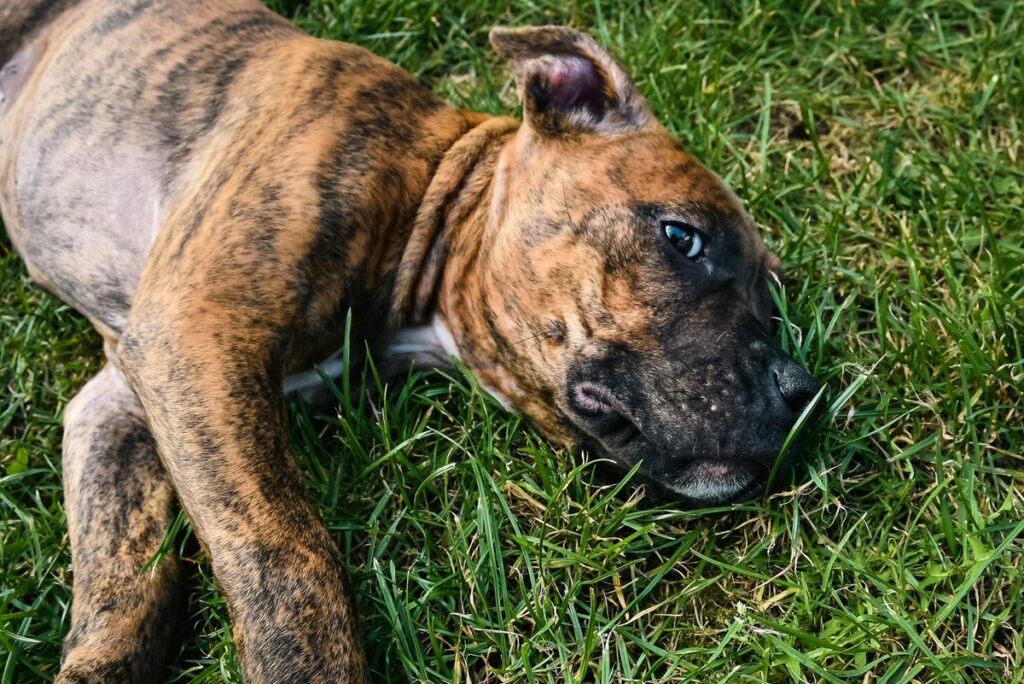
The Presa Canario is a massive, muscular dog originally bred for guarding livestock in the Canary Islands. They are known for being highly dominant and fearless, making them dangerous in the wrong hands.
Due to multiple high-profile attacks, Presa Canarios have been banned in Australia and New Zealand, and ownership is restricted in several European countries. Their protective instincts and territorial nature require strong, experienced owners who can establish firm boundaries.
Why They’re Banned: Guarding instincts, dominance, and past attacks.
Where They’re Banned: Australia, New Zealand, and parts of Europe.
7. Boerboel
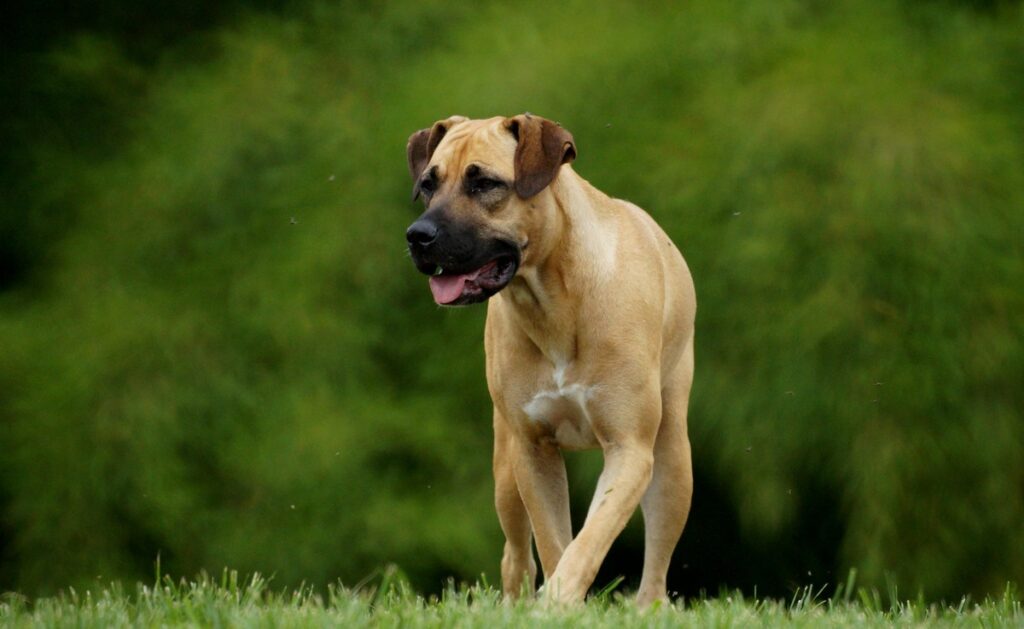
The Boerboel is a massive South African Mastiff bred for protecting farms and property. Known for their intelligence, strength, and independence, they require extensive training and leadership.
Boerboels are banned in Denmark and Romania, where concerns over their protective nature and aggression have led to restrictions. Without firm guidance, Boerboels can become territorial and overly aggressive toward strangers.
Why They’re Banned: Extreme guarding instincts and strong protective nature.
Where They’re Banned: Denmark, Romania, and parts of Europe.
8. Kangal Shepherd Dog
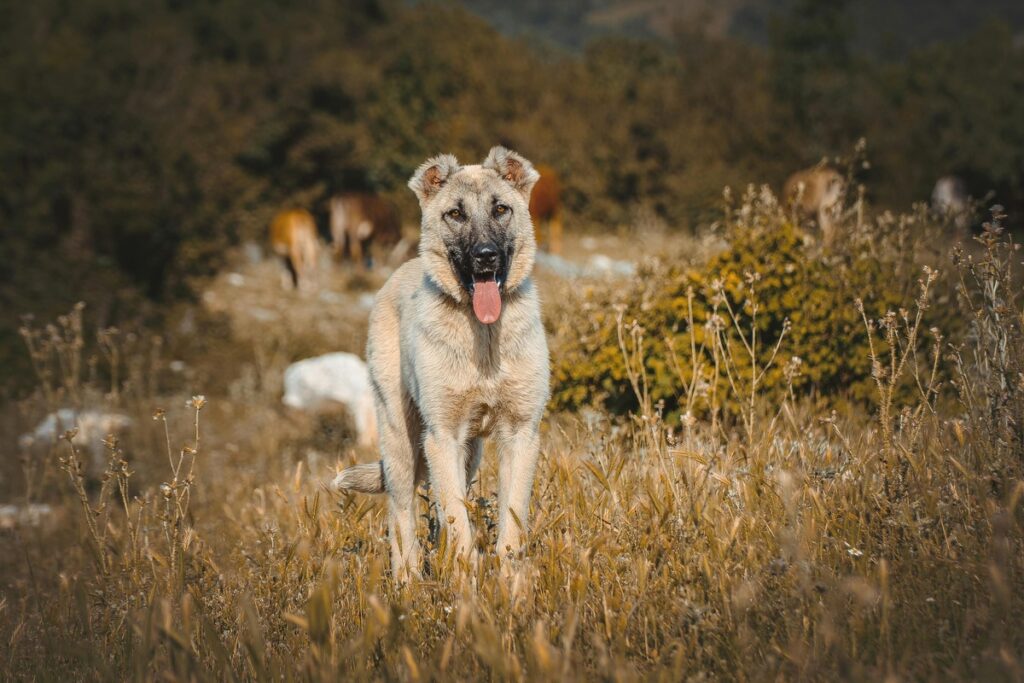
The Kangal is one of the largest and most powerful livestock guardian dogs, originally from Turkey. While not naturally aggressive toward humans, they are bred to fight off predators like wolves and bears, making them highly independent and dominant.
In some places, Kangals are banned or require special permits due to their size, protective nature, and potential aggression toward other animals.
Why They’re Banned: Extreme guarding abilities and potential for aggression.
Where They’re Banned: Denmark and some parts of Europe.
9. American Bulldog
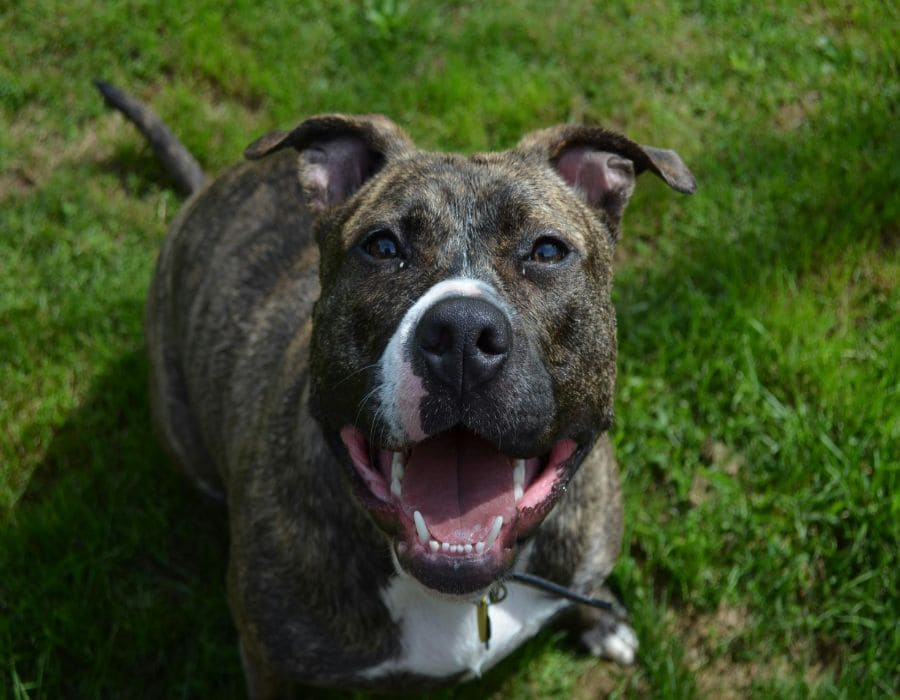
The American Bulldog is a powerful, muscular breed originally used for farm work and hunting. They are incredibly strong-willed and protective, making them difficult for inexperienced owners to handle.
American Bulldogs are banned in Denmark and Singapore, where their strength and past aggression incidents have led to restrictions. Proper socialization is key to preventing aggressive tendencies.
Why They’re Banned: Strength, guarding instincts, and dominance.
Where They’re Banned: Denmark, Singapore, and some parts of Europe.
10. Akita Inu
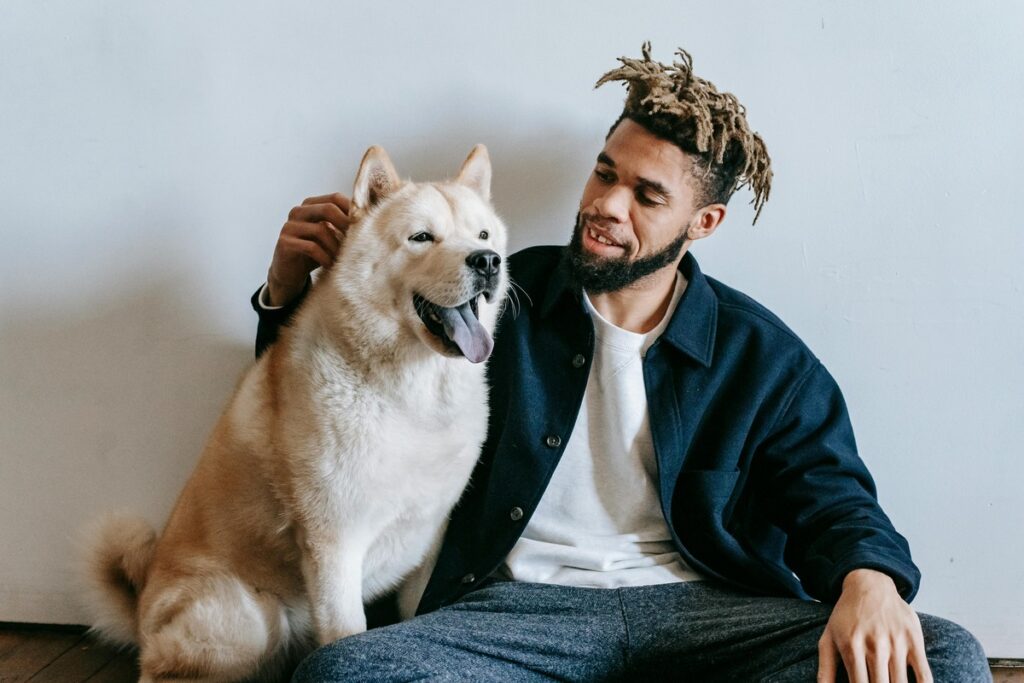
The Akita Inu is a large, powerful dog bred for hunting and guarding in Japan. They are extremely loyal but naturally wary of strangers, which can lead to territorial aggression if not properly socialized.
Due to their strong personalities, Akitas are restricted in Singapore and some European countries, where ownership requires special permits.
Why They’re Banned: Aggressive tendencies and guarding instincts.
Where They’re Banned: Singapore, Malaysia, and some parts of Europe.
11. Rottweiler
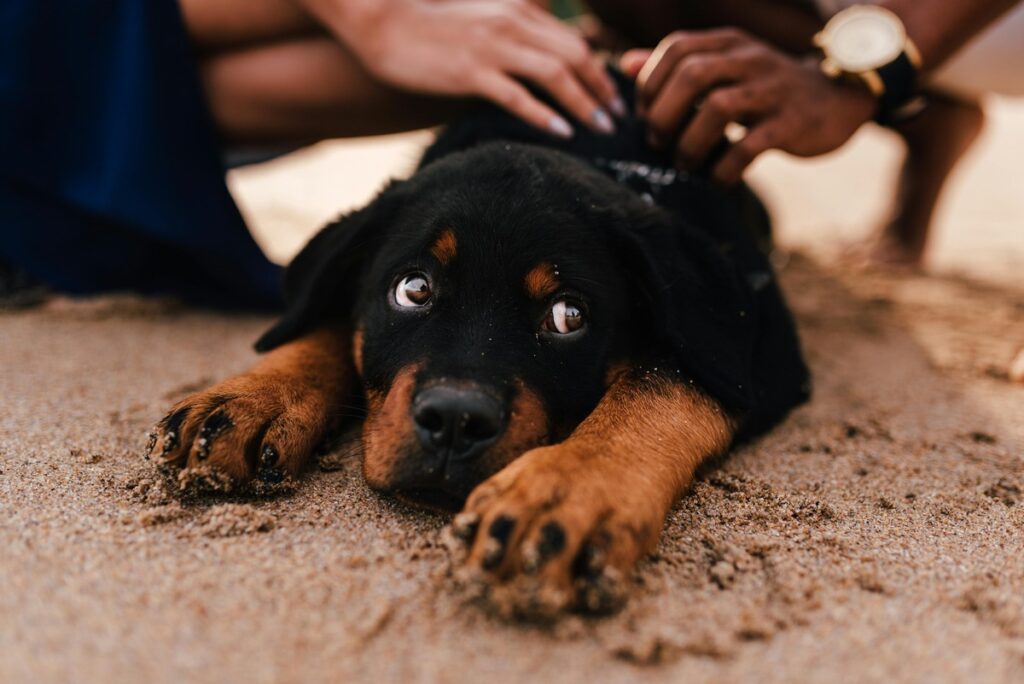
Rottweilers are among the strongest and most protective dog breeds, making them excellent guard dogs but challenging for inexperienced owners. Their protective nature has led to bans in Ireland, Malaysia, and some U.S. states.
Why They’re Banned: Powerful guarding instincts and past attacks.
Where They’re Banned: Ireland, Malaysia, and some U.S. regions.
While many of these breeds are banned due to public safety concerns, responsible ownership and proper training can make them loyal and loving pets. Before considering any of these breeds, always research local laws and regulations to ensure compliance and safety.
12. Cane Corso
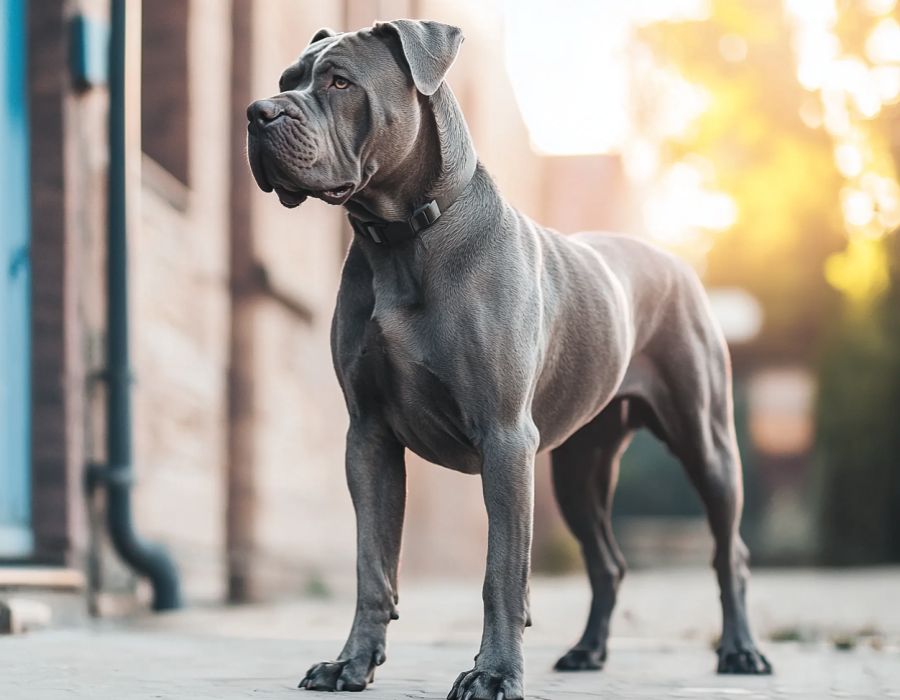
The Cane Corso, an Italian mastiff, is known for its imposing size and protective nature. Originally bred for guarding property and hunting large game, their strength and assertiveness can pose challenges without proper training and socialization.
Why they’re banned: When not properly trained and socialized, they can become highly territorial and aggressive toward strangers and other animals.
Where they’re banned: The Cane Corso is restricted or banned in several countries, including Denmark, Bermuda, and parts of the United States. Some regions require owners to have a special permit, training certification, or adhere to strict containment laws to own one legally..
13. Gull Dong
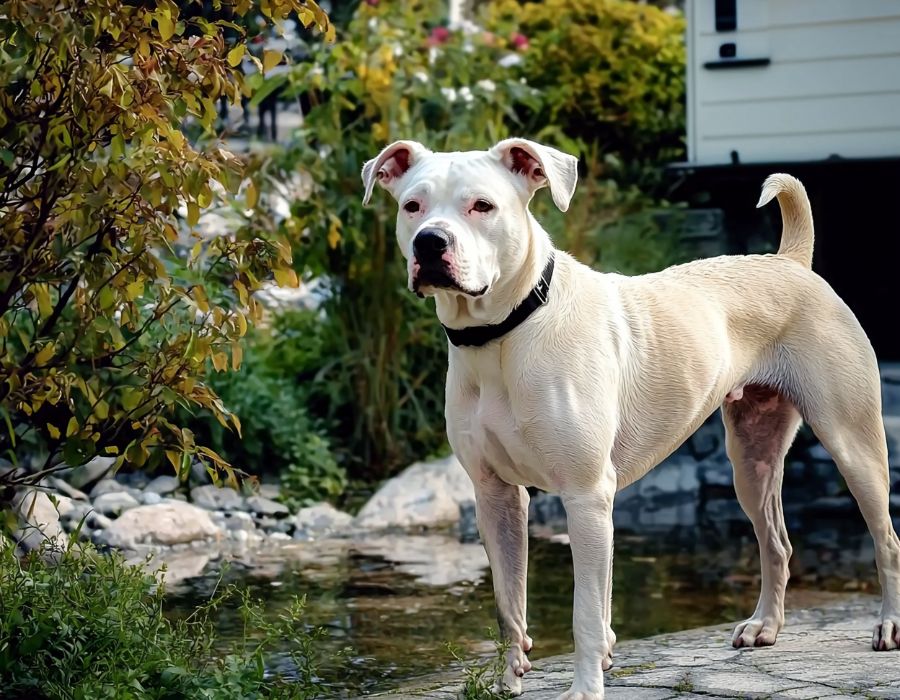
The Gull Dong is a rare and formidable breed originating from Pakistan and India, where it was specifically bred for guarding and dog fighting. This breed is a cross between the Gull Terrier (a descendant of the English Bull Terrier) and the Bulldog-like Bully Kutta, resulting in a powerful and highly athletic dog with strong protective instincts.
Why they’re banned: Due to their dominant nature and potential aggression if not trained properly, they are considered dangerous in certain regions.
Where they’re banned: The Gull Dong is restricted or banned in several countries, including Denmark and the United Kingdom.
Conclusion
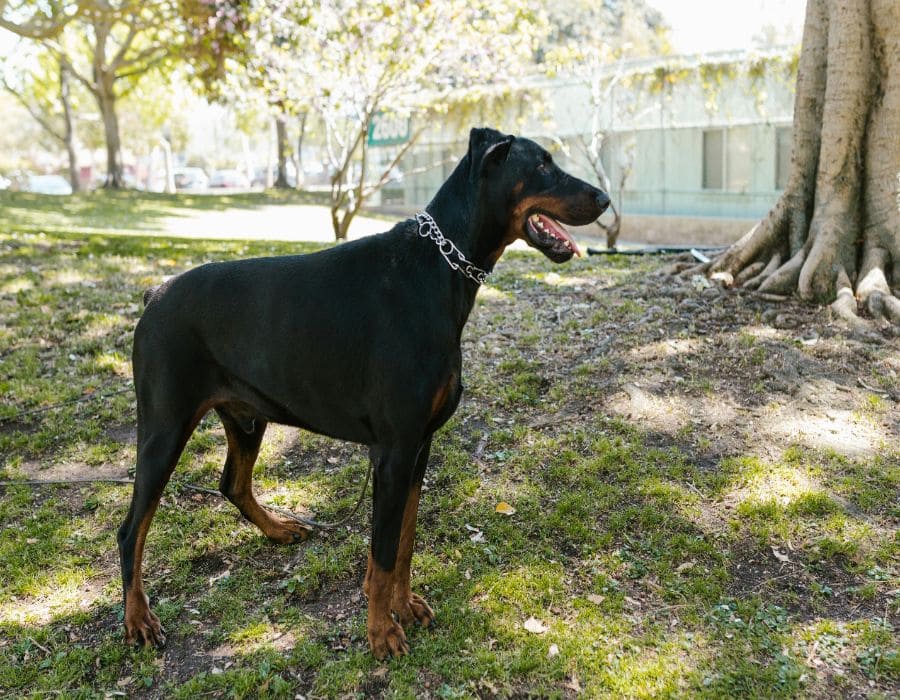
While many dogs make loving companions, some breeds are simply not suited for household life due to their strength, territorial instincts, or history of aggression. These breeds often require expert training, specialized environments, and experienced handlers. Understanding breed-specific traits and local regulations is essential before bringing a dog into your home. Responsible ownership ensures both the safety of the pet and those around them.
